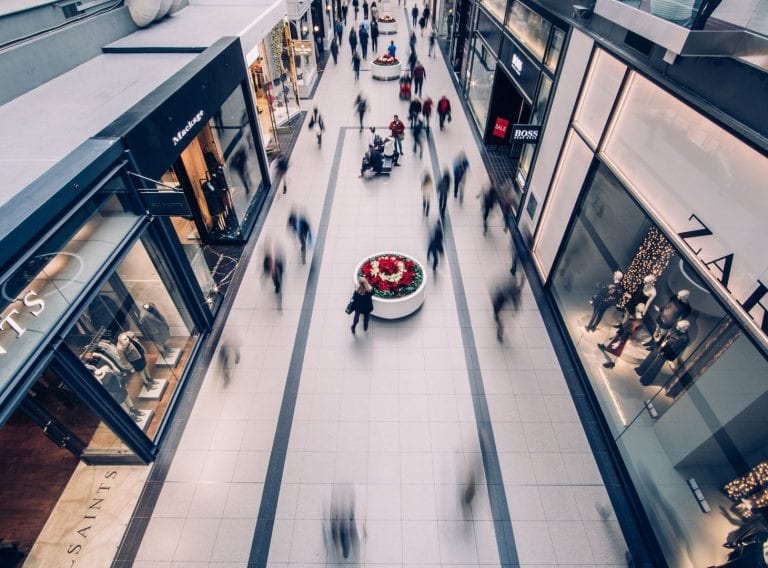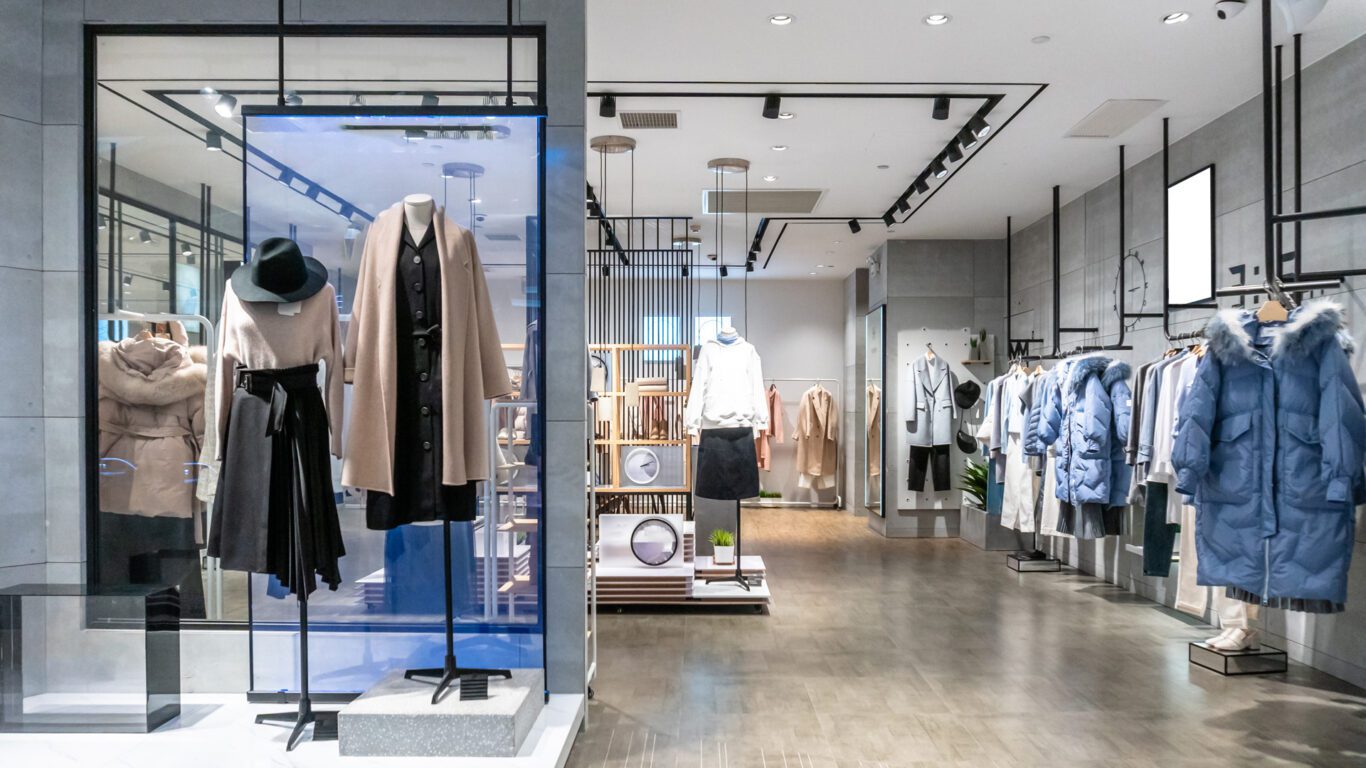
However, in spite of some predictions of prolonged dominance of online retail, bricks and mortar stores are still thriving, with a rising number of online brands now opening physical stores for the first time.
As a leader in retail space planning, we understand the benefits of physical retail for brands across the world – and just how important it is to get bricks and mortar stores ‘right’ as a costly but valuable asset.
So, in this blog, we’ll discuss the benefits of bricks and mortar space, what to consider when turning a website into a physical shop, and where to access expert support when making the change.
Benefits of bricks and mortar stores
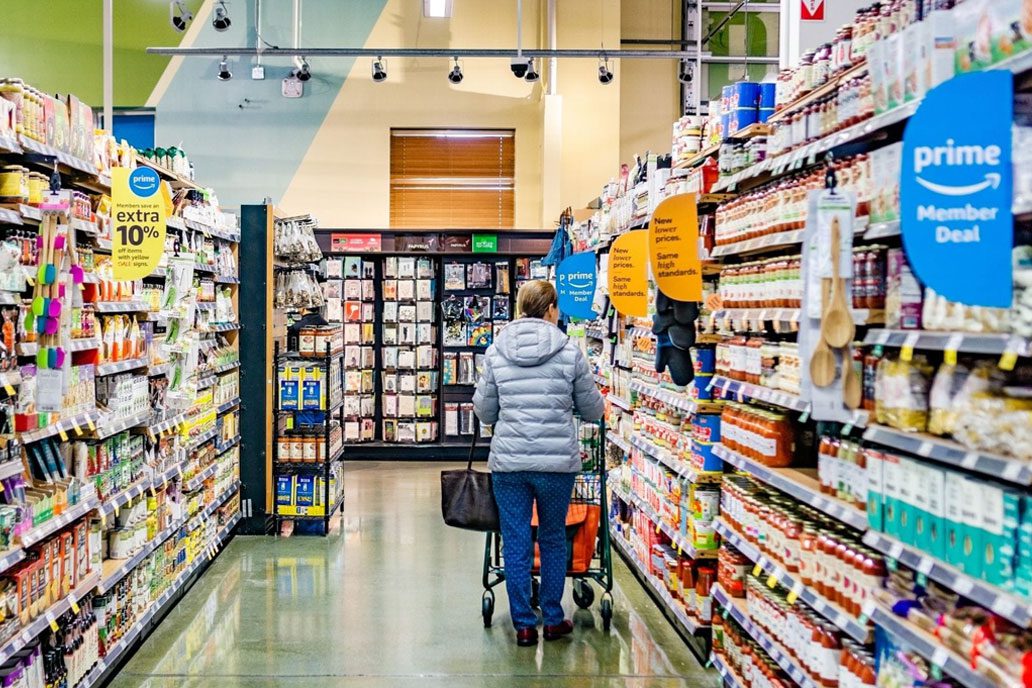
Despite many years of expansion for e-commerce retail, bricks and mortar stores have remained prevalent.
According to a Retail Economics study, 61% of UK consumers favour in-store shopping – and this is reflected globally as the National Retail Federation claims that bricks and mortar stores account for 70% of sales in the US.
Big retailers are certainly capitalising on this. Amazon opened a chain of stores across the globe, Gymshark opened its first bricks and mortar store in London, Avon announced its first UK store in its 137-year history and Sephora expanded with physical shops in the UK.
Previously online-only brands like Depop and ASOS have also dipped their toes into bricks and mortar retail with pop-up stores. This allows them to test the many benefits of physical retail without significant financial commitment.
There are a number of benefits for retailers with bricks and mortar space, including:
1. Embracing omnichannel retail
Sometimes referred to as ‘clicks and mortar’ or ‘phygital’ retail, omnichannel retail combines online and offline sales channels.
According to Intel, retailers with both websites and stores benefit from better sales, customer loyalty, brand engagement and customer experience.
2. Increasing sales
Customers are more likely to purchase if they can see and experience products before buying. Plus, there’s a greater opportunity for impulse purchases with strategic product placement and in-store promotions.
3. Improving customer experience
Physical stores can provide a more enjoyable shopping experience which engages the senses, for example with interactive in-store experiences like product demonstrations.
4. Boosting brand engagement
With a tangible presence in the community, shoppers can experience a brand first-hand which can help to evoke feelings and create an emotional connection between customer and brand.
Pop-up shops can be particularly effective in this area as their short lifespan generates excitement.


Things to consider when moving to bricks and mortar retail
So, you’re an online retailer looking to open your first physical retail store…
As online and physical retail are so different, there’s a number of things to consider for success:
Layout
There are many different factors to consider when planning an e-commerce shopping experience to that of a physical store’s shopping experience.
Macro space planning – determining the layout of departments, categories and equipment like shelving and units – is critical to ensuring sales and profit from physical retail are maximised.
Our expert Retail Space Planning Team collaborates seamlessly with your in-store team to enhance the customer journey in your physical store. With nearly 40 years of experience, we are the largest team of UK-based retail planners, offering valuable insights for in-store layout changes, refurbishments, and seasonal range reviews.
Our existing relationships with leading retailers in grocery, non-food, DIY, pharmacy, clothing and jewellery ensure the best store planning practices are applied. Our Retail Planners prioritise effective internal layouts tailored to your shoppers’ needs, including logical adjacencies, aisle widths, and clear sightlines.
As experts in macro space planning, our team combines the power of our StoreSpace® software with the proficiency of our Retail Planners. This allows us to assist you in optimising your store layouts to gain maximum profitability from your physical space.
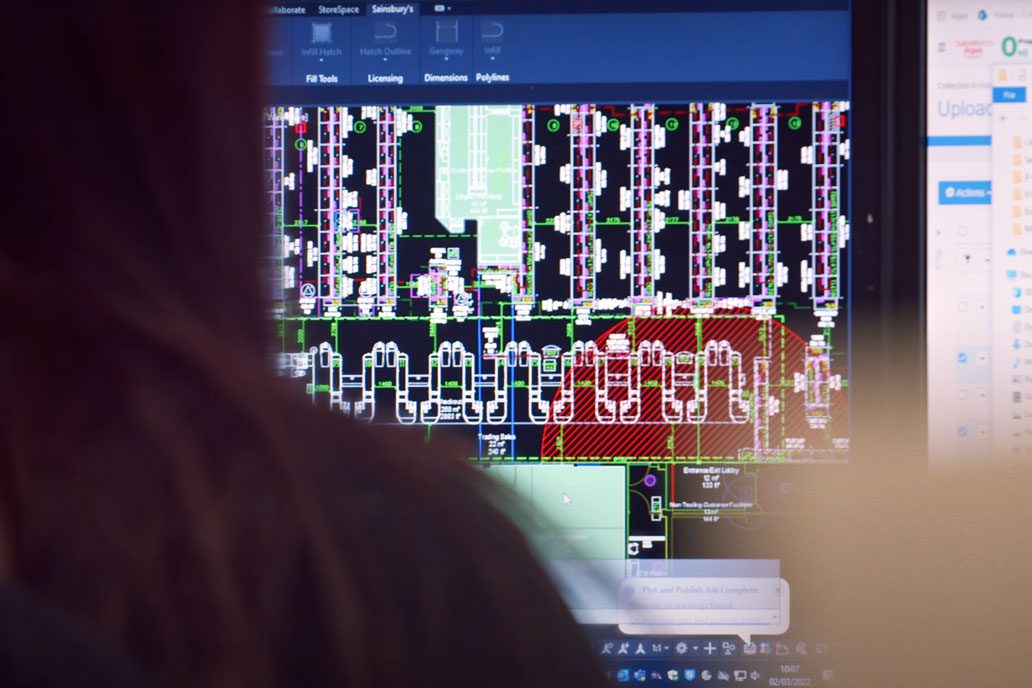

Location
The choice of location is crucial.
Factors like footfall, accessibility, the location of competitors and the demographics of the local population should be considered to ensure your bricks and mortar space will work well for you and your customers.
Design
It’s important to create a well-designed physical shopping environment which is functional and emotionally connects with people.
A well-presented storefront with engaging visual merchandising and effectively designed interiors can encourage further spend and create a place where people want to spend time.
Retail designers like our sister company Prosper can help you maximise the potential of your retail space with effective design which embodies your brand and drives footfall into your store.
Technology Integration
Using technology can help physical retail thrive by streamlining store operations and enhancing the customer experience.
Point-of-sale (POS) systems, self-checkouts and online ordering options can be valuable tools – many of which big retailers have started to implement in their bricks and mortar retail space.

Retail Space Planning 101: Four reasons why accurate floor plans are vital for profitable stores
Retail space planning is an essential process for retailers. It ensures the right products are in the right place to boost profitability and improve customer experience. Here at CADS, we have over 35 years’ experience in retail space planning, giving us invaluable insight. So, we’ve launched an informative new series of Retail Space Planning 101 articles to help you benefit from our knowledge!
Read insightProducts
Product adjacency is key. Products placed next to each other in physical retail are likely to be different to those on your website and it can be very costly and disruptive to move them in-store. So, it’s key to make the right choices when it comes to your range and assortment.
This ensures customers find the right products in the right place on the shelf – and are also exposed to items they didn’t realise they needed. This is beneficial for customer satisfaction and can maximise spend too.
We recommend combining our StoreSpace® software with micro space planning and planogram technology, such as NielsenIQ’s Spaceman software, to help you get the most from your bricks and mortar retail space.

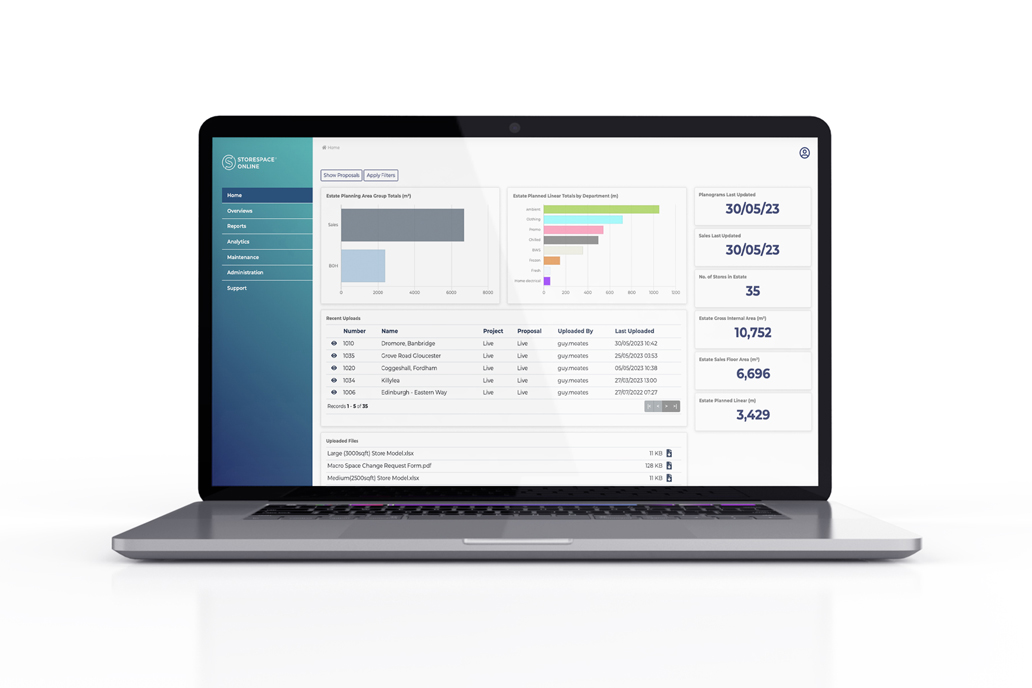
Marketing and Promotion
An effective marketing campaign and tempting deals could entice shoppers to your website – and this should be adapted for bricks and mortar too.
It’s vital to create awareness around your store to reach potential customers, such as through an opening event, an online campaign and ongoing in-store promotions.
Feedback and Adaptation
Obtaining both customer and employee feedback – as well as analysing sales data – is key to making informed decisions so you’re ready to adapt your store based on changing wants and needs.
StoreSpace® has feedback and analysis functionalities to assist with this, enabling you to make adaptations in line with feedback.
We recommend combining our StoreSpace® software with micro space planning and planogram technology, such as NielsenIQ’s Spaceman software, to help you get the most from your bricks and mortar retail space.
Where to access support with getting your bricks and mortar stores right
Making the jump from website to shop needs to be planned and thought out – and there are resources available to help.
We work with businesses across the world, including top UK retailers like Asda, Sainsbury’s, Morrisons and M&S, to help them get the most from their bricks and mortar space. Whether you need our StoreSpace® software, or access to our retail space planning expertise, we have the knowledge and experience you’re looking for.
Get in touch today to find out more.
Get in touch


